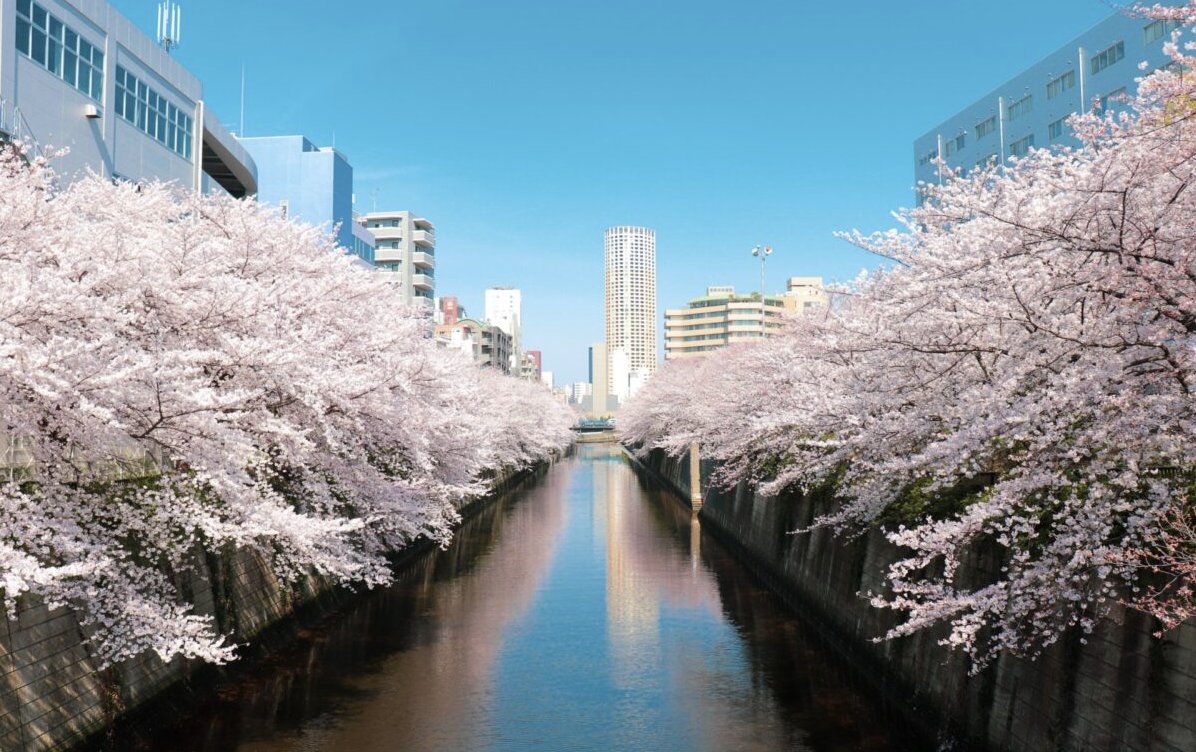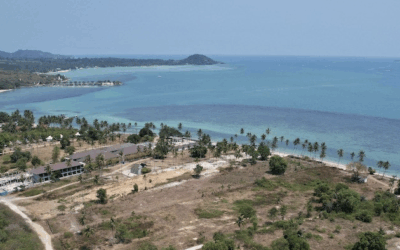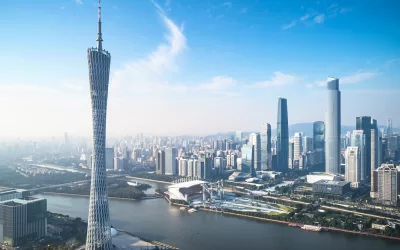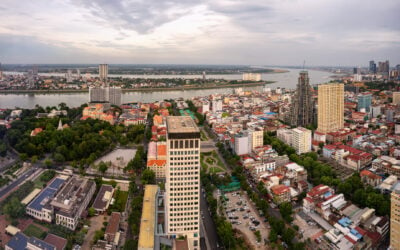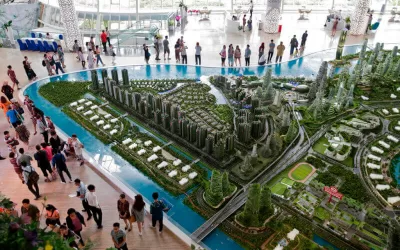Japan has long been known for its sky-high property prices, especially in the bustling capital of Tokyo.
However, the country’s real estate market is not a monolith, with significant variations in prices and trends across different cities and regions.
In this article, we’ll take a closer look at the housing markets in Japan’s three largest metro areas – specifically Tokyo, Osaka, and Nagoya.
We’ll explore the factors driving prices, the outlook for each market, along with all the pros and cons of investing in Japanese real estate as a foreigner.
Tokyo: A Global City with Steep Prices
Tokyo consistently ranks among the world’s most expensive cities for property, alongside the likes of Hong Kong and Singapore.
The city’s central wards, in particular, command eye-watering prices, with prime residential areas like Minato, Shibuya, and Chiyoda often exceeding 1 million yen (roughly $9,000) per square meter.
However, Tokyo’s high prices are driven by fundamentals rather than speculation. The city boasts a high standard of living and world-class infrastructure putting it on par with global hubs like London, New York, and Paris.
For foreign investors, Tokyo presents some challenges. Japan has complex regulations which can deter all but the most determined buyers.
Additionally, the country’s declining population and sluggish economic growth raise questions about the long-term prospects for capital appreciation.
That said, there are still pockets of value in Tokyo to be found in the city’s outer wards.
Areas like Nakano and Suginami offer more affordable prices (around half that of central Tokyo) while still being within easy reach of the city center. These neighborhoods could be attractive for investors seeking a balance of accessibility and value.
Osaka: A Commercial Hub with Growth Potential
Osaka, Japan’s third-largest city, is often overshadowed by Tokyo in the global imagination.
However, the city is a major commercial center in its own right, with a population of nearly 9 million in the greater metropolitan area.
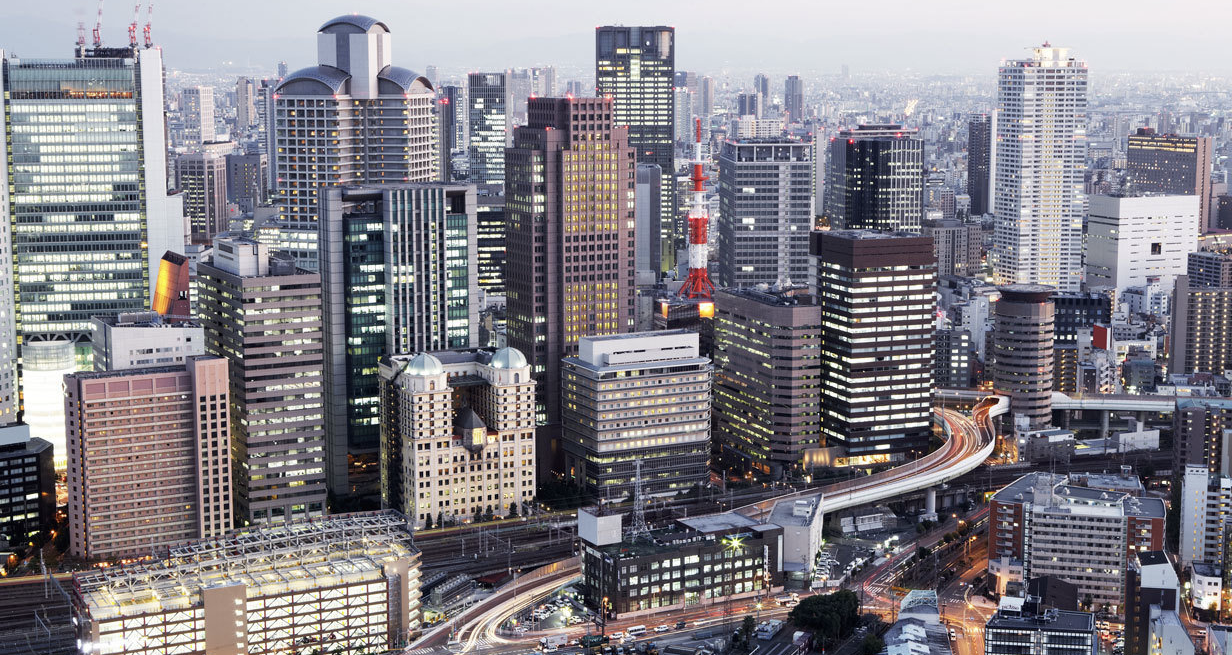
Osaka is Japan’s third-largest city, with almost 9 million people living in the metropolitan area alone.
Property prices in Osaka are generally lower than in Tokyo, with the average cost per square meter hovering around 500,000 yen ($4,500).
This relative affordability, combined with Osaka’s strong economic fundamentals, has made the city an increasingly popular destination for both domestic and foreign investors.
One factor working in Osaka’s favor is its strategic location. The city is a key transportation hub, with excellent rail and air links to the rest of Japan and Asia.
It is also set to benefit from major infrastructure projects like the maglev train line, which will eventually connect Osaka to Tokyo in just over an hour.
Looking ahead, Osaka’s property market appears well-positioned for growth. The city is actively courting foreign investment and has a dynamic start-up scene, which could drive demand for both residential and commercial real estate.
While Japan’s demographic challenges remain a concern, Osaka’s economic vitality and global connectivity make it an attractive option for long-term investors.
Nagoya: An Industrial Powerhouse Facing Headwinds
Nagoya, located in central Japan, is the heart of the country’s manufacturing industry.
The city and its surrounding region (known as Chukyo) are home to major automotive and aerospace companies, as well as a thriving robotics sector.
Despite its economic strengths, Nagoya’s property market has lagged behind Tokyo and Osaka in recent years. Prices in the city are roughly on par with Osaka, averaging around 500,000 yen ($4,500) per square meter, but appreciation has been slower.
One reason for this underperformance is Nagoya’s demographic outlook. Like many Japanese cities, Nagoya is grappling with an aging and shrinking population, which could dampen demand for housing in the coming decades.
The city also lacks the global profile and tourism appeal of Tokyo or Osaka, making it a less obvious choice for foreign investors.
That’s not to say there are no opportunities in Nagoya’s real estate market. The city’s manufacturing base remains strong, and there is potential for growth in niche areas like logistics and data centers.
However, investors will need to be selective and have a long-term horizon to see meaningful returns.
Considerations for Foreign Property Investors in Japan
Buying property in Japan as a foreigner can be a complex and daunting process. In addition to navigating the language barrier and cultural differences, foreign buyers may face discrimination from sellers and real estate agents.
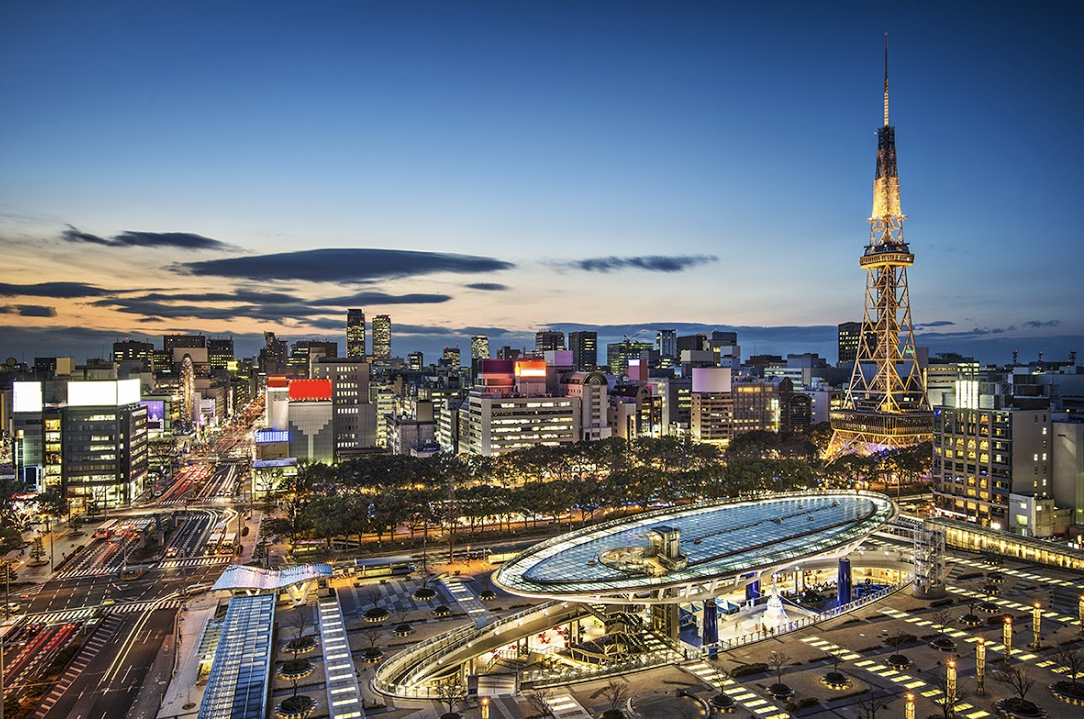
Nagoya is often regarded as the Industrial Hub, as it’s home to many manufacturing plants, from automobile to robotics to pharmaceutical.
To mitigate these challenges, it’s essential to work with reputable professionals who have experience dealing with international clients.
A good real estate agent and a bilingual lawyer can help guide you through the process and ensure that your interests are protected.
It’s also important to have a clear understanding of your investment goals and risk tolerance. Japan’s property market is generally stable and transparent, but it’s not immune to economic and demographic headwinds.
Investors should be thus be prepared for modest returns and longer holding periods when compared to higher-growth markets.
Finally, foreign buyers should carefully consider the location and type of property they invest in. While central Tokyo may be the most prestigious address, it also comes with the highest price tag and the most competition.
Exploring up-and-coming neighborhoods or regional cities like Osaka and Nagoya could offer better value and growth potential in the long run.
Where Should You Buy Property in Japan?
Japan’s property market is a study in contrasts, with sky-high prices in Tokyo coexisting with more affordable options in other cities.
When investing in Japan, it’s crucial to look beyond the headlines. Each real estate market is unique and anyone committing capital should learn the specifics.
Tokyo remains the gold standard for luxury and prestige, but its high prices and complex regulations can be a barrier to entry.
Osaka offers a compelling mix of affordability, economic strength, and growth potential, while Nagoya’s manufacturing prowess is offset by demographic challenges.
Ultimately, success in Japan’s real estate market requires patience, local knowledge, and a willingness to play the long game.
FAQs: Property Values in Japan
What's the Most Expensive Area in Tokyo?
Tokyo's central wards command the highest property prices in the city, with prime residential areas like Minato, Shibuya, and Chiyoda often exceeding 1 million yen (roughly $9,000) per square meter.
These prestigious neighborhoods are known for their luxury amenities, convenient access to transportation, and proximity to key business districts.
However, even within central Tokyo, there are pockets of relative affordability. The city's outer wards like Nakano and Suginami offer prices around half that of the most expensive areas while still being within easy reach of the city center.
How Much Does Housing in Osaka Cost?
Property prices in Osaka are generally lower than in Tokyo, with the average cost per square meter hovering around 500,000 yen ($4,500). This makes Osaka a more affordable option for buyers and investors compared to the capital city.
Osaka's relative affordability, combined with its strong economic fundamentals and strategic location as a transportation hub, has made it an increasingly popular destination for both domestic and foreign property investors. The city's real estate market appears well-positioned for growth in the coming years.
Where Are the Cheapest Places to Live in Japan?
Tokyo's outer wards like Nakano and Suginami have prices around half that of central Tokyo, making them more affordable options in the capital region.
Outside of the major metropolitan areas, smaller regional cities likely offer the lowest housing costs in Japan. However, these places also tend to have weaker economic prospects and may be facing more severe demographic challenges like population decline.
How Much Does Housing in Tokyo Cost?
Tokyo is consistently ranked among the world's most expensive cities for property. In the city's central wards, prime residential areas often exceed 1 million yen (roughly $9,000) per square meter. Even in the broader metropolitan area, the average price is likely well above half a million yen per square meter.
However, Tokyo's high prices are supported by the city's fundamentals – its high standard of living, world-class infrastructure, and status as a global economic hub on par with cities like London and New York. For buyers, the tradeoff for these steep costs is access to all the lifestyle and business benefits of living in one of the world's great cities.

